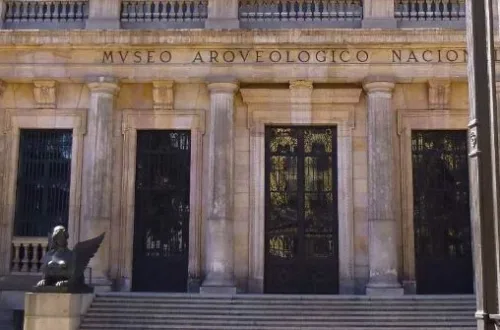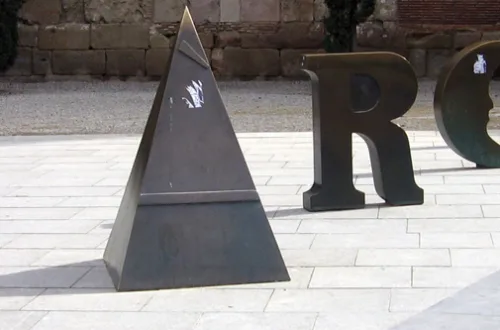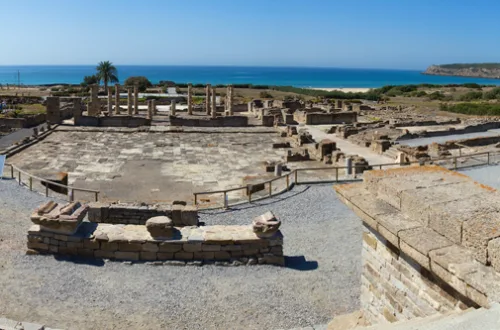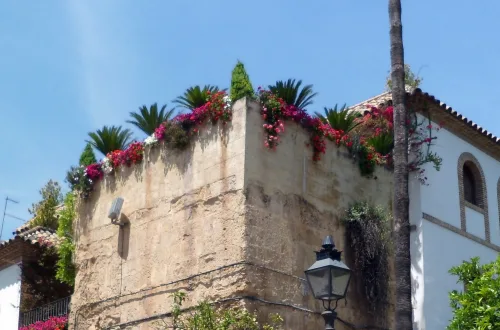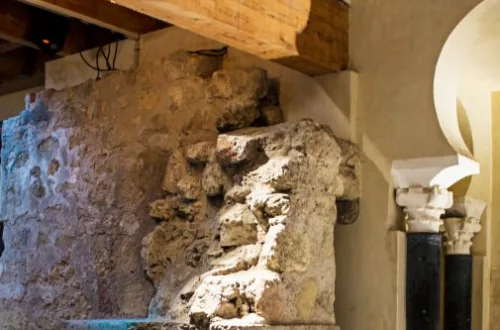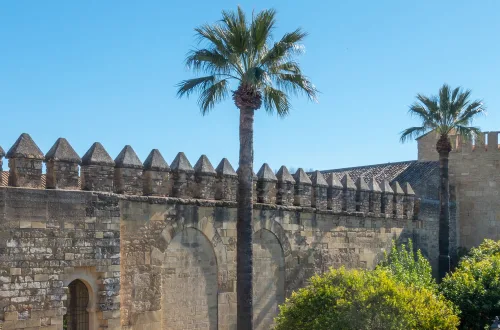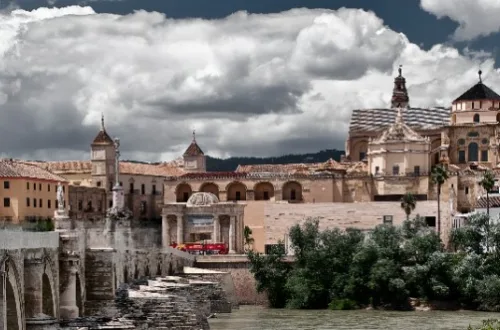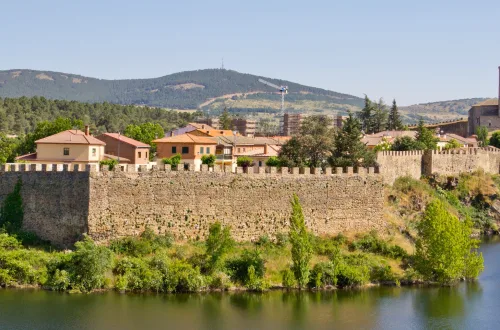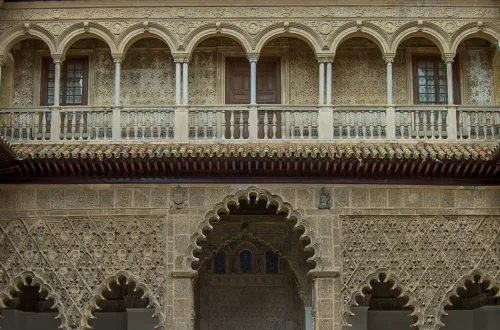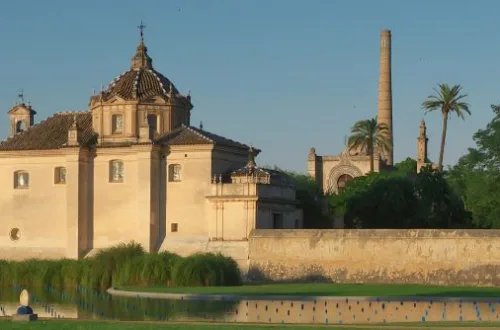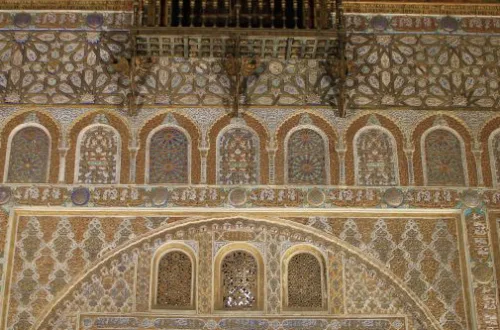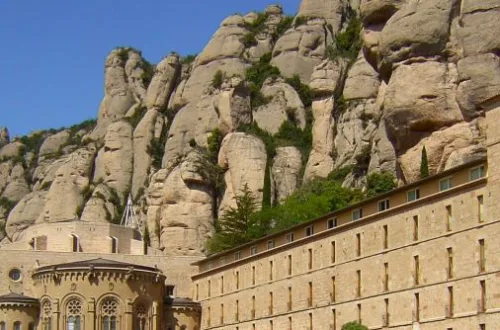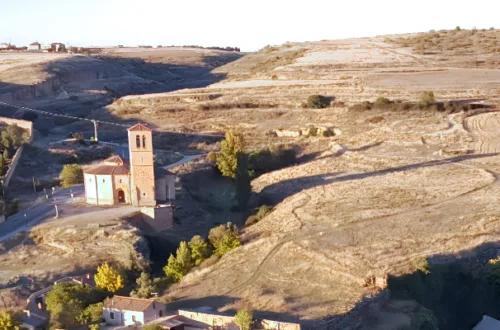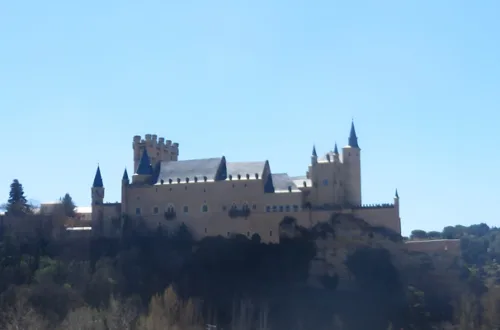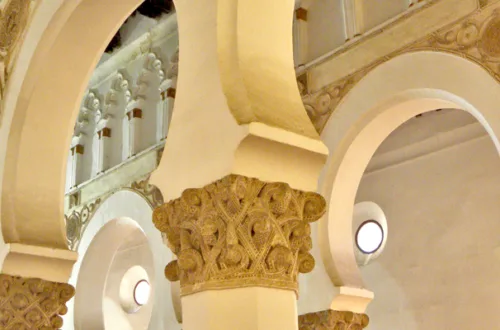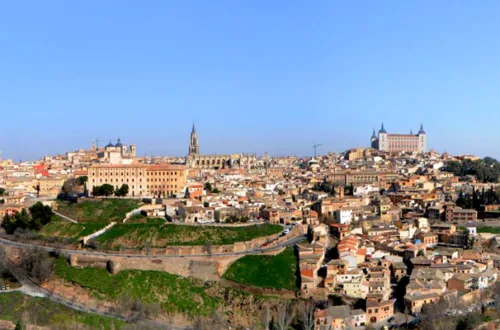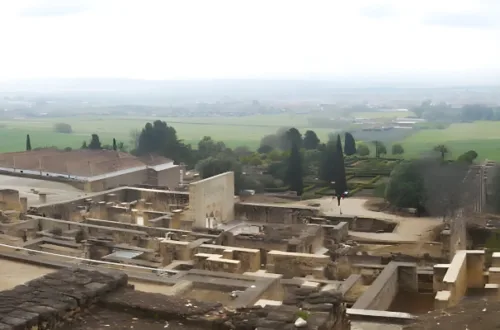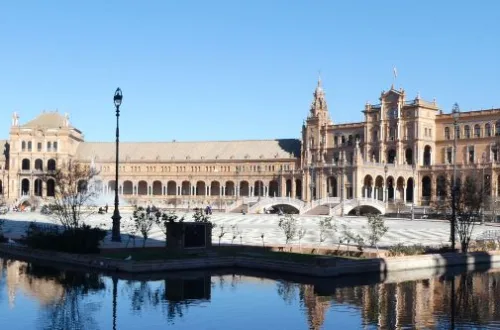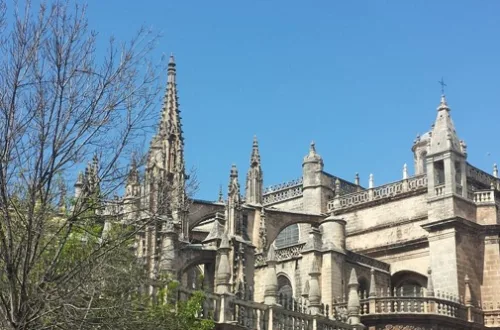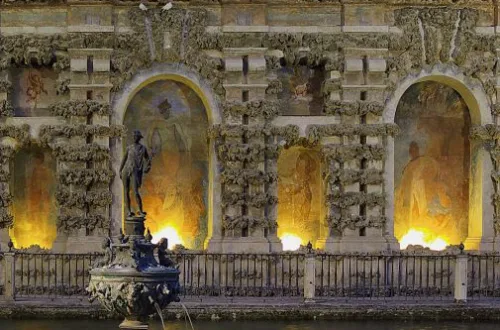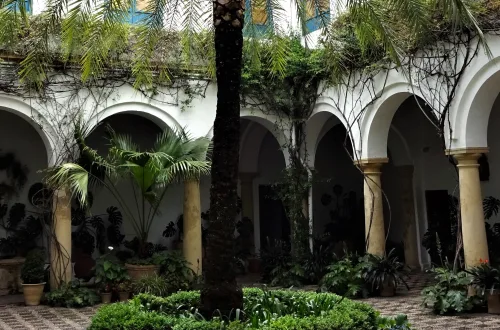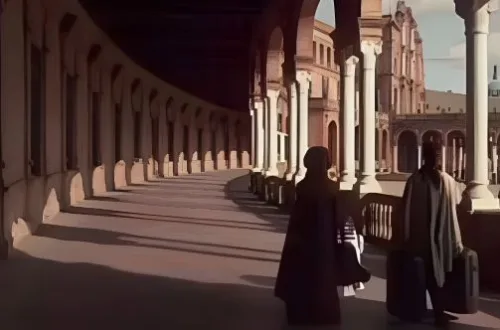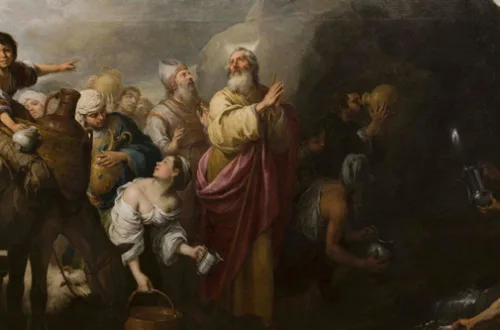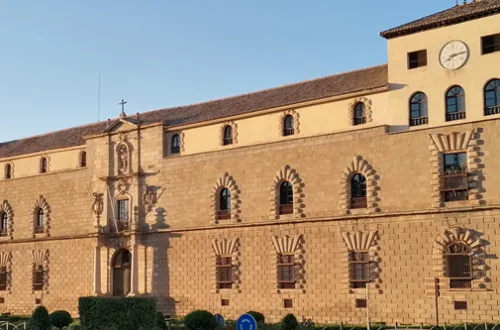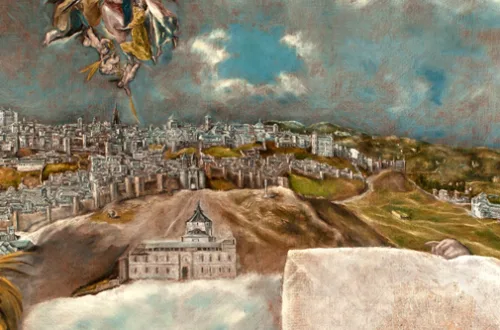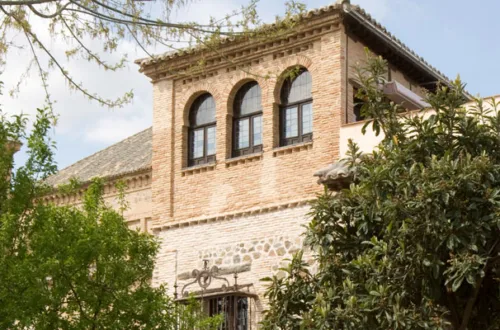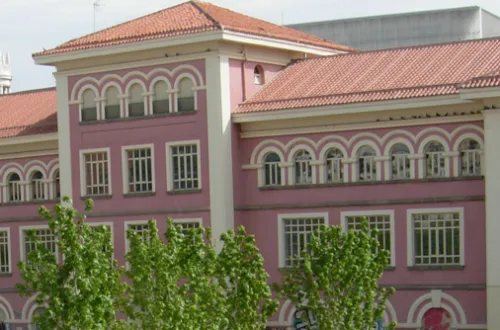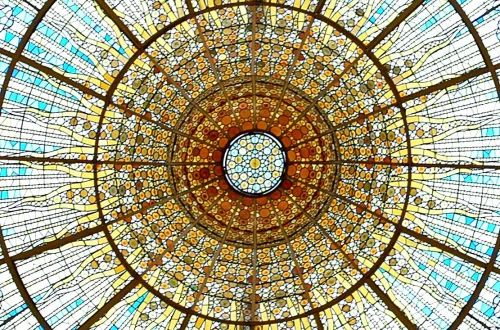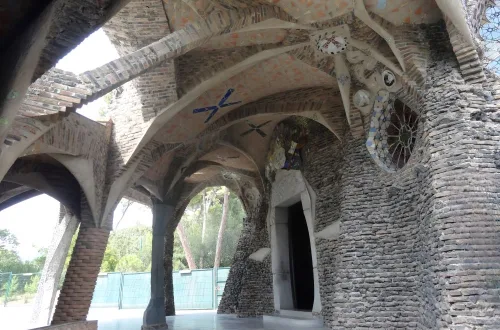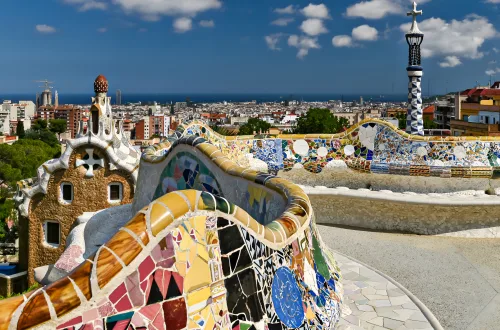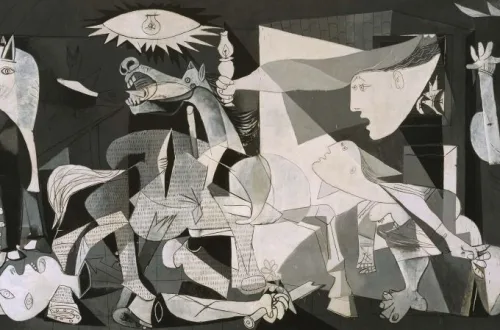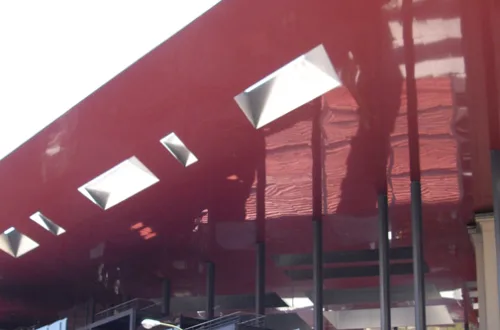
Explore the Timeless Majesty of Historical Places in Spain
Spain’s landscape is a storied tapestry, rich with history at every turn. The historical places in Spain are not just sites; they are narratives carved in stone and tradition. Each landmark tells a part of Spain’s vibrant past.
Embark on a journey through the corridors of time. Spain’s historical places offer a glimpse into the lives of those who walked before us. From the Roman aqueducts to the Moorish palaces, history is alive and tangible.
- Ancient Art & Architecture
- Medieval Mastery: Exploring Historical Places in Spain
- Al-Andalus: A Journey to the Moorish Spain
- Renaissance Gems: Tracing the Historical Places in Spain
- Baroque Brilliance at Historical Places in Spain
- 19th Century Art & Architecture: A Tour of Historical Places in Spain
- Contemporary Creativity at Historical Places in Spain
“History is not a burden on the memory but an illumination of the soul.”
— John Dalberg-Acton
Ancient Art & Architecture
Delve into the ancient world within Spain. Here, art and architecture stand as enduring legacies of diverse cultures. From the famed prehistoric Altamira cave paintings to the grand Roman aqueducts, Spain’s history is etched in every corner.
Travel back in time to when art began. The Altamira caves boast some of the earliest art known to humanity. Roman mosaics tell stories in stone, revealing the daily life of an empire.
Spain’s ancient structures are open books to the past. Walk under the arches of Roman aqueducts. They are not just historical places; they are marvels of engineering that have withstood time.
Exploring Roman Corduba: An Art Historian’s Guide to a One-Day Self-Guided Walking Tour of Córdoba’s Ancient Wonders
Ancient Artifacts Tell Tales: Unraveling History at the National Archaeological Museum of Spain
Barcelona’s Roman Ruins: A Comprehensive Guide for History Enthusiasts
Bolonia’s Ancient Marvel: Exploring the Roman Ruins of Baelo Claudia
Medieval Mastery: Exploring Historical Places in Spain
Spain’s medieval art and architecture are keys to unlocking the past. They bring to life a time when cultures merged, creating the historical places in Spain we marvel at today. From fortresses to cathedrals, these structures are a testament to a bygone era’s creativity and resilience.
The Middle Ages were a period of profound cultural fusion. Christian, Islamic, and Jewish influences are etched into Spain’s historical sites. Each archway and fresco tells a story of this vibrant confluence.
As you explore Spain, the Gothic period unveils its splendor. Towering cathedrals and intricate sculptures stand as monuments to medieval craftsmanship. They don’t just belong to history; they are alive with stories of faith, power, and artistry.
From Synagogues to Secret Passages: Exploring the Jewish Quarter of Córdoba
Córdoba city walls, historical gates & old towers: a comprehensive guide
Moorish Córdoba: A Time Capsule of Al-Ándalus Buildings and Artistic Legacy
A Traveler’s Chronicle: The Alcázar Castle of the Christian Monarchs in Córdoba
Visiting the Great Mosque-Cathedral of Córdoba: an Art historian’s comprehensive self-guided Tour
A Comprehensive Guide to Buitrago del Lozoya & the Charm of Madrid’s Northern Sierra
Ancient Artifacts Tell Tales: Unraveling History at the National Archaeological Museum of Spain
The Allure of Al-Ándalus: Moorish Architecture in Seville
From Monks to Modern Art: A Guide to the Monastery of Santa Maria de las Cuevas or the “Cartuja” of Seville
A Visit to the Alcázar of Seville: Discovering a Tapestry of Cultures in One Royal Residence
From Cobblestones to Cathedrals: Top 10 things to do in the Gothic Quarter of Barcelona
Visiting Montserrat from Barcelona: a comprehensive guide for a day trip to the enchanting Monastery and its mysteries
The Church of Vera Cruz: a mysterious place in Segovia legends tie to the Knights Templar and their secret knowledge of the “true cross”
Entering the Alcázar (Castle) of Segovia, Spain: the astonishing fortress of Medieval origins and its old stories that reveal the Kingdom of Castile’s turbulent past
The Synagogue of Santa María la Blanca: discovering the secrets of a hidden Hebrew jewel in the heart of Toledo
Toledo: a fascinating Day Trip from Madrid (10 wonderful things to see, do and taste in this charming medieval Spanish city)
The Christ of the Light Mosque: following the unexpected history of a secret corner from the medieval era Toledo [in Spain]
Visiting Medina Azahara: the long-lost gem of Al Andalus, hidden from the eyes of History for nearly 1000 years [close to Cordoba, Spain]
Al-Andalus: A Journey to the Moorish Spain
Al-Andalus stands as a remarkable era in Spanish history. It’s a time capsule, showcasing the harmonious blend of Muslim, Christian, and Jewish cultures. This period’s influence is a cornerstone of the historical places in Spain, from majestic Córdoba to vibrant Seville and the enchanting Granada.
As you traverse Spain, the legacy of Al-Andalus greets you at every corner. Its science, arts, and philosophy blossomed in cities that are now pillars of Spain’s history. The coexistence of diverse cultures during this era set the stage for a remarkable period of enlightenment.
Today, the remnants of Al-Andalus live on. They breathe through Spain’s architecture, language, and cuisine. These elements are not just relics; they are vibrant testimonies to a significant chapter in Spain’s past.
Moorish Córdoba: A Time Capsule of Al-Ándalus Buildings and Artistic Legacy
Visiting the Great Mosque-Cathedral of Córdoba: an Art historian’s comprehensive self-guided Tour
Ancient Artifacts Tell Tales: Unraveling History at the National Archaeological Museum of Spain
The Allure of Al-Ándalus: Moorish Architecture in Seville
Making the Most of 1 Day in Seville: Top Attractions to Visit in 24 hours
The Outstanding Seville Cathedral Visit: Discovering the Hidden Treasures Within
The Serene Oasis of the Alcázar Gardens in Seville
A Visit to the Alcázar of Seville: Discovering a Tapestry of Cultures in One Royal Residence
The Christ of the Light Mosque: following the unexpected history of a secret corner from the medieval era Toledo [in Spain]
Visiting Medina Azahara: the long-lost gem of Al Andalus, hidden from the eyes of History for nearly 1000 years [close to Cordoba, Spain]
Renaissance Gems: Tracing the Historical Places in Spain
The Renaissance in Spain was a time of awakening, leaving behind a trail of historical places that speak of beauty, balance, and symmetry. This period, echoing the wider European Renaissance, marked a new chapter in Spain’s artistic and cultural narrative.
The 15th and 16th centuries were pivotal. Spain saw the end of the Reconquista, its sails set for global exploration, and the unification under Ferdinand and Isabella. Each event left its mark on the historical places in Spain.
Renaissance influence is etched in the very stone of Spain’s grand structures. Buildings from this era showcase the classical ideals borrowed from Greco-Roman antiquity. They stand as proud emblems of a country’s rebirth.
A Traveler’s Chronicle: The Alcázar Castle of the Christian Monarchs in Córdoba
Exploring the Elegance of the Viana Palace, Córdoba: A Hidden Architectural Gem
A Cinematic Adventure: Discovering Star Wars Filming Locations in Seville’s Plaza de España
Brushstrokes of Andalusia: Exploring the Top 10 Art Museums in Seville
The Outstanding Seville Cathedral Visit: Discovering the Hidden Treasures Within
The Serene Oasis of the Alcázar Gardens in Seville
A Visit to the Alcázar of Seville: Discovering a Tapestry of Cultures in One Royal Residence
Entering the Alcázar (Castle) of Segovia, Spain: the astonishing fortress of Medieval origins and its old stories that reveal the Kingdom of Castile’s turbulent past
Discovering an unexpected Renaissance Gem: a Journey through the History of the Hospital de Tavera in Toledo, Spain
El Greco in Toledo: a comprehensive itinerary of 7 places touched by the brushstrokes of a brilliant artist
The Church of Santo Tomé in Toledo: the temple that houses “El entierro del Conde de Orgaz”, an El Greco masterpiece
Visiting El Greco Museum (House) in Toledo, to discover unique aspects of the life of this eccentric Renaissance-era painter
Toledo: a fascinating Day Trip from Madrid (10 wonderful things to see, do and taste in this charming medieval Spanish city)
Baroque Brilliance at Historical Places in Spain
Witness the splendor of Baroque art and architecture at historical places in Spain. This period, spanning the 17th and early 18th centuries, was an era of opulence and expressive creativity. The Spanish Baroque, with its rich decorations and bold forms, mirrors Spain’s Golden Age might.
The Baroque period brought forth an architectural revolution. Churches, palaces, and public spaces across Spain transformed into showcases of power and prestige. These sites are living history, open for exploration.
Each historical place in Spain from this time tells a story of grandeur. The intricate facades and lavish interiors are a feast for the senses. They are not just buildings; they are artworks that command attention.
Exploring the Elegance of the Viana Palace, Córdoba: A Hidden Architectural Gem
Hidden Gems in a Trendy Neighborhood: Uncovering the Best 8 Things to Do in El Born, Barcelona
The Church of Santo Tomé in Toledo: the temple that houses “El entierro del Conde de Orgaz”, an El Greco masterpiece
19th Century Art & Architecture: A Tour of Historical Places in Spain
The 19th century was a vibrant chapter in the story of historical places in Spain. This era was marked by a blend of tradition and revolution, seen in the neoclassical and Romantic movements that swept through Europe.
Spain’s century kicked off with neoclassical architecture. Think symmetry, simplicity, and splendor, all inspired by the ancients of Greece and Rome. As time moved on, Romanticism took the stage. It brought a longing for the medieval past, national pride, and a touch of the exotic to Spanish arts.
Artists like Francisco Goya captured the spirit of the times. His works didn’t just depict; they commented on society and politics. His legacy is part of the historical places in Spain where his presence is still felt.
Embark on a Historical Adventure at the Madrid History Museum
The Marvels of Modernism: Tracing Art Nouveau Treasures in Barcelona’s Urban Canvas
A Day in Colonia Güell: Exploring the Modernist Hidden Treasures near Barcelona
Gaudí’s Magical World: A Tour of Barcelona’s 13 Most Captivating Architectural Creations
Contemporary Creativity at Historical Places in Spain
Spain’s contemporary art and architecture stand as bold signatures on the historical landscape. These modern marvels showcase Spain’s forward-thinking spirit and respect for cutting-edge design.
The country’s architectural evolution is evident in its landmarks. Buildings from the late 20th to early 21st centuries break molds with their innovative shapes and uses of materials. They sit among historical places in Spain, adding a new layer to an old narrative.
This is a land where history meets modernity. Spain’s contemporary structures have gained global praise for their fearless designs. They’re not just new additions; they’re part of the ongoing story of historical places in Spain.

